Caldon Tunnel
Caldon Tunnel
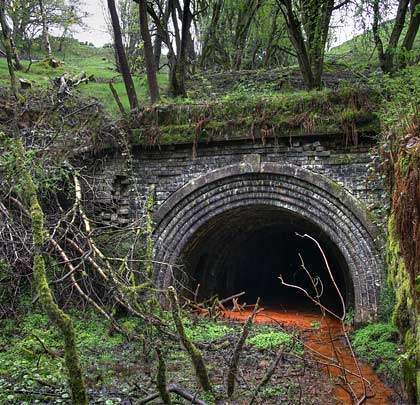
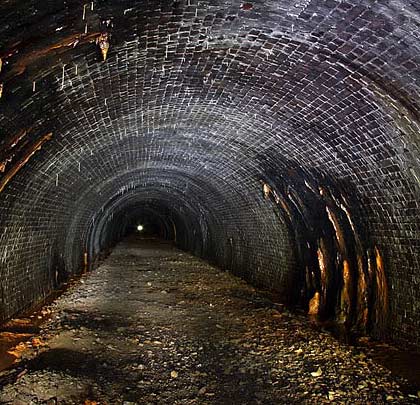
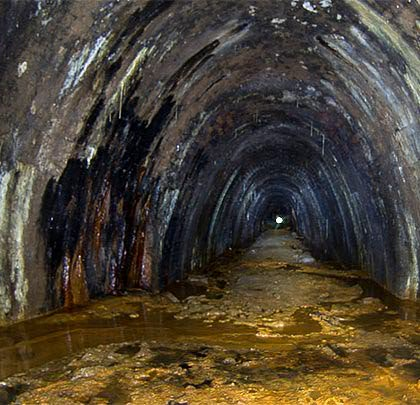
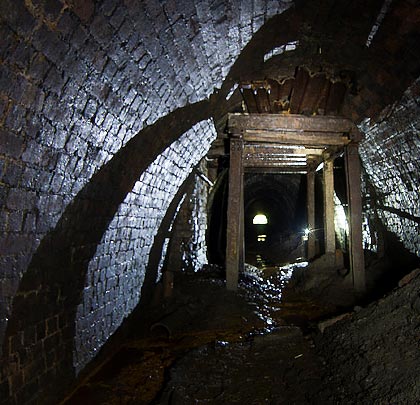
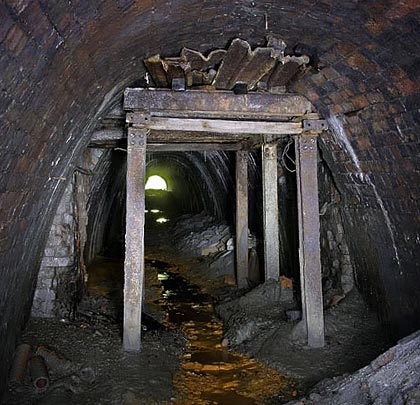
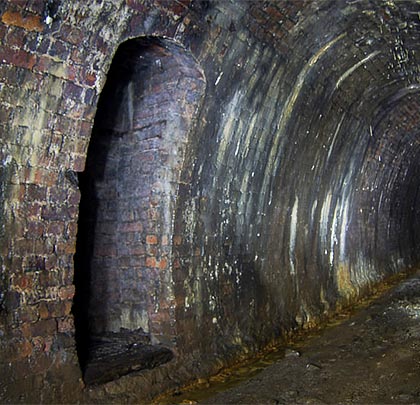
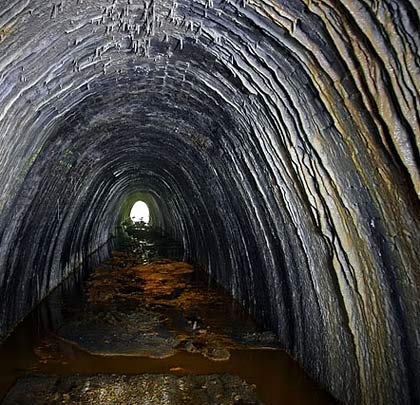
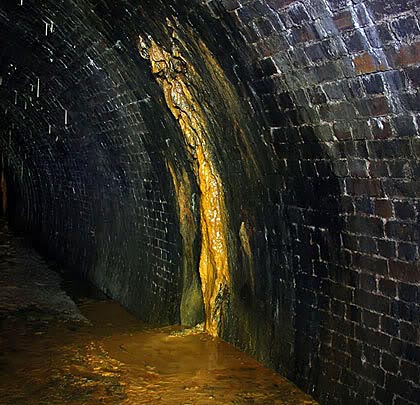
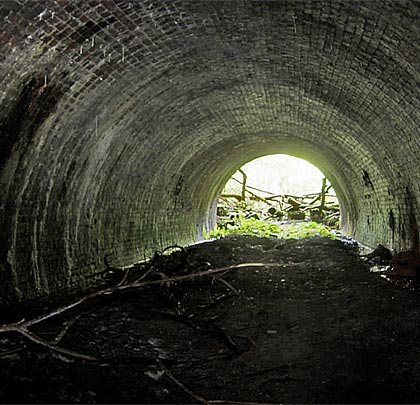
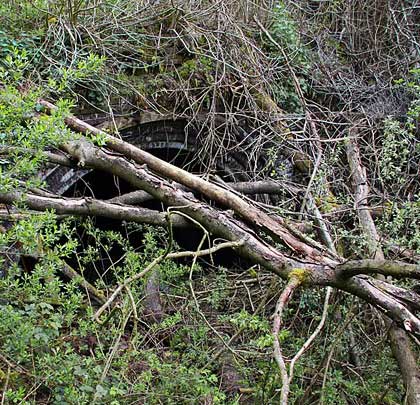










The Caldon Canal and its associated tramroads were conceived as servants of Caldon’s limestone quarries, up on the Staffordshire Moorlands. The first tramroad, dating from 1779, was a primitive affair worked by horses, climbing 700 feet in two-and-a-half miles, an average gradient of about 1:19. It was never a great success and required a partial realignment under an Act of 1783. A second tramroad was built soon after whilst a third, benefiting from the prowess of outstanding Scottish engineer John Rennie, opened in 1804.
The instigation of a fourth tramroad was prompted by a number of operating difficulties, notably frequent broken rails. Engineered by James Trubshaw, it carried its first traffic in July 1847, having been completed by the North Staffordshire Railway following its acquisition of the Trent & Mersey Canal six months earlier. The line, using a 3 foot 6 inch gauge, involved substantial earthworks and a series of self-acting inclines for which a three-rail system was adopted (except at the passing loops) where the centre rail was shared by both tracks.
Also needed was a tunnel of around 480 yards close to the line’s summit approaching Caldon Low quarry. Trubshaw laid its first brick on 17th April 1844. The west portal is architecturally detailed, built predominantly in brick but with a masonry keystone and copings. Above the arch ring face – which is stepped and five bricks deep – is a stone string course. Generally the portal’s condition is poor, suffering the effects of vegetation blight and with two areas of loose/missing brickwork.
Towards its ends, the tunnel has a circular profile but this becomes egg-shaped through the middle section. Both ends suffer from flooding and thick mud, with water running at the toe of both sidewalls. Locally there are sizeable calcite deposits, stalactites and some accumulations of ochre. Two tall, deep but narrow refuges are provided, their bases being timber.
Near the middle of the tunnel, a short section of the lining comprises vertical brick pillars. Here a steel frame has been inserted with wooden packing above. It’s not clear whether this is strengthening to support Ellastone Road which passes above.
The east portal is similar in design to that at the west end although the arch ring face is only four bricks thick. It is almost entirely consumed by vegetation, as is its approach cutting.
Trubshaw’s tramroad – and the tunnel – closed in 1920; limestone destined for the canal was carried thereafter from Caldon Low via the 1905 standard gauge route to a new basin near Endon.







